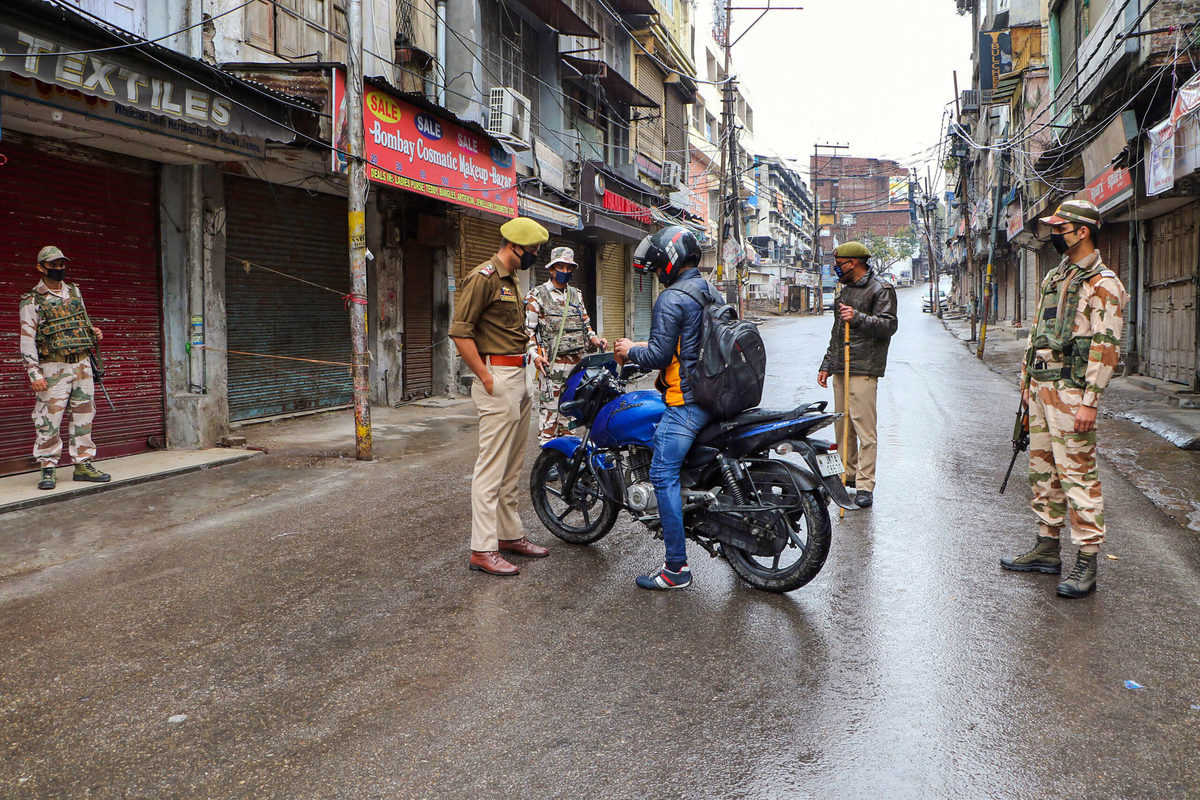


In the urban areas, many are engaged in running local shops, small businesses or in minor intermediation activities. Many of these self-employed rural households are marginal cultivators or small artisans. For observers in developed countries, the corresponding figures for urban India's households are less surreal - 32.4%, 11.8% and 41.4% respectively - though it is worth bearing in mind that close to two-thirds of India's population is rural. Regular wage/salary earners accounted for 12.7% of rural households. The share of rural households with a major source of income from casual labor was 25%. Over 2017-18, about 52% of rural households received their main income from self-employment. The latest report based on the Periodic Labour Force Survey is instructive in this regard (National Statistical Office, 2019). The first has to do with occupational configurations. The vulnerability of the population - especially the poor - to a generalised lockdown is accentuated in India by three specific structural features of the population. What if the State is unable or unwilling to provide that support to all families under lockdown? Then households are exposed to the profound morbidity and mortality risks that stem from the loss of incomes and jobs, not to mention their constricted freedom of mobility, heightened psychological stress, enhanced prospects of domestic violence, and indeed, perhaps greater vulnerability to the virus itself. But calling for them is one thing, and implementing them another. Therefore, our first choice in the fight against Covid-19 would be for governments to implement a comprehensive general lockdown, provided that this is accompanied by comprehensive State support for compensating welfare measures aimed at protecting the health, nutrition, and psychological well-being of all households. We do not subscribe to that view, and entertain no such tradeoff. One view - implicit, for instance, in arguments made in certain quarters in the US - is that there must be some allowable tradeoff between economic well-being and human lives. We want to be explicit about this ethical approach: lives versus lives. Because India is so poor and because her occupational structure so un-amenable to being shifted online, it is a question of lives versus lives: the nightmarish culmination of all those philosophical trolley problems that we so wish were innocently confined to the classroom. It is not a choice between lives on the one hand and loss of economic production on the other. The Indian experience highlights, in a visceral way, both the Scylla of widespread viral infection and the Charybdis of socio-economic lockdown.

Add to this the grim truth of Indian occupational structure and poverty, and you would likely predict what we now see: unending streams of migrants trying to find their way home, the fear of loss of all income, deep privations, and even (in the space of days) hunger, starvation and death. This is in line with the measures imposed in most European countries and in the United States, but the sheer scale of the measure - as in the case of most policies in India - is intimidating. Transport services are suspended, educational institutions are closed, and factories are shut down.
INDIA LOCKDOWN ONLINE FULL
The lockdown - in full force as we write - restricts 1.3 billion people from leaving their homes. On March 24, 2020, the Government of India ordered a nationwide lockdown for 21 days as a preventive measure against the spread of the coronavirus.


 0 kommentar(er)
0 kommentar(er)
